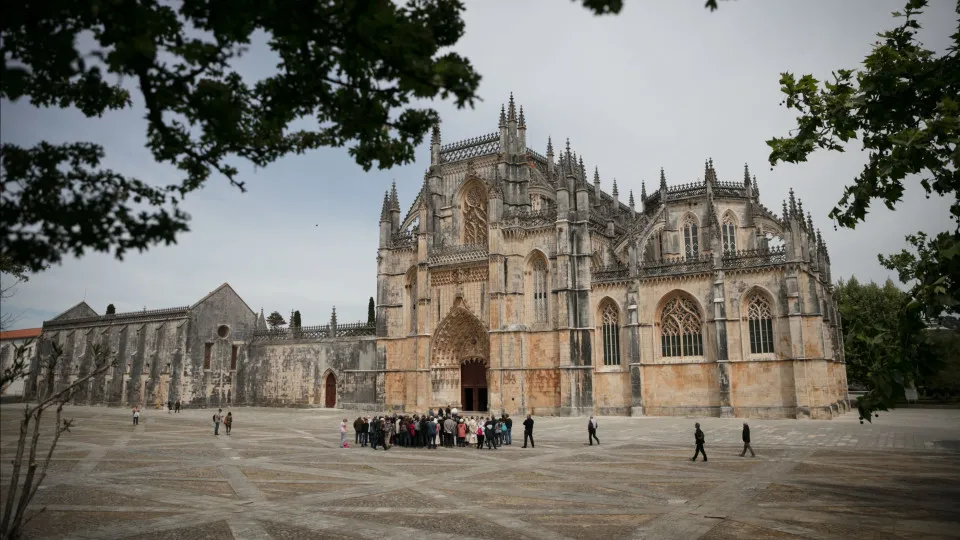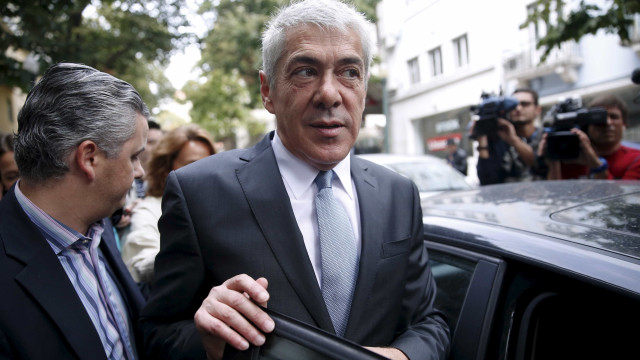
Speaking from Lisbon’s Escola Superior de Música, Diogo Alarcão, a lecturer and researcher at the Centre for Music Studies at Universidade Nova de Lisboa, announced efforts to log acoustic data at the UNESCO World Heritage sites including the Church, Capela do Fundador, Capelas Imperfeitas, and Sala do Capítulo.
In these four locations, the researcher alongside students collected acoustic recordings over one day and night, adding the data to ‘REVERBDATA’, an acoustic heritage database.
Information on the REVERBDATA site outlines reverberation as a sound phenomenon experienced daily, resulting from sound interaction with the surrounding environment.
This effect, notably apparent in enclosed spaces due to numerous echoes, is often simulated in recorded music and electronically produced content as well as in films, virtual reality applications, and computer games.
Demonstration audio of the reverberation was produced from acoustic recordings made with multiple microphones and an omnidirectional sound speaker in the Mosteiro da Batalha, as explained by Diogo Alarcão, an expert in acoustics.
The platform will feature not only audio materials but also precise recording locations, such as altar zones or congregation areas in churches, architectural information, and photos of these spaces.
“What is made available on the site are called Impulse Responses (RIR),” he stated, explaining that it is analogous to clapping inside the space and capturing all the echoes.
According to the lecturer, RIR represents an acoustic snapshot of a space, providing comprehensive information on how sound is heard and perceived within a space due to reverberation.
The database includes data from other locations, such as the Gulbenkian Main Auditorium, theatres, the National Pantheon, monasteries, churches, and a nightclub, alongside other UNESCO heritage monuments.
Diogo Alarcão emphasized that this dataset is accessible for research, simulation, and preservation, highlighting the contribution of science to culture.
The project aims to extend to all such classified monuments, including the Jerónimos Monastery, Belém Tower, the University of Coimbra, specifically the Joanina Library and Capelos and Atos rooms, and the Bom Jesus do Monte Sanctuary in Braga.
Despite acknowledging complex funding circumstances and the current lack of financial resources, the researcher mentioned potential inclusions like the Mãe d’Água Reservoir (Lisbon) and sections of the Fátima Sanctuary.
“And, eventually, maybe an interesting space that emboldens further interest in the project, our parliament,” he noted, adding that while the oratory might sometimes lack allure, the acoustics could captivate interest.
Upon questioning the database’s benefits, the researcher cited the 2019 Notre-Dame Cathedral fire in Paris.
“Acoustics were considered during its reconstruction, as there was an acoustic evaluation before the fire,” he noted.
Diogo Alarcão pointed out that if the Convent of Christ in Tomar were to face misfortune, while information about the architecture or materials exists, its acoustic properties were previously unknown but are now preserved.
The lecturer stated that the database could serve various works, including virtual tours.
“A voice or music can be recorded in a studio devoid of reverberation and space signatures, then virtually altered to sound as if heard within the Church of the Alcobaça Monastery, São Carlos, or the Gulbenkian,” he explained.




